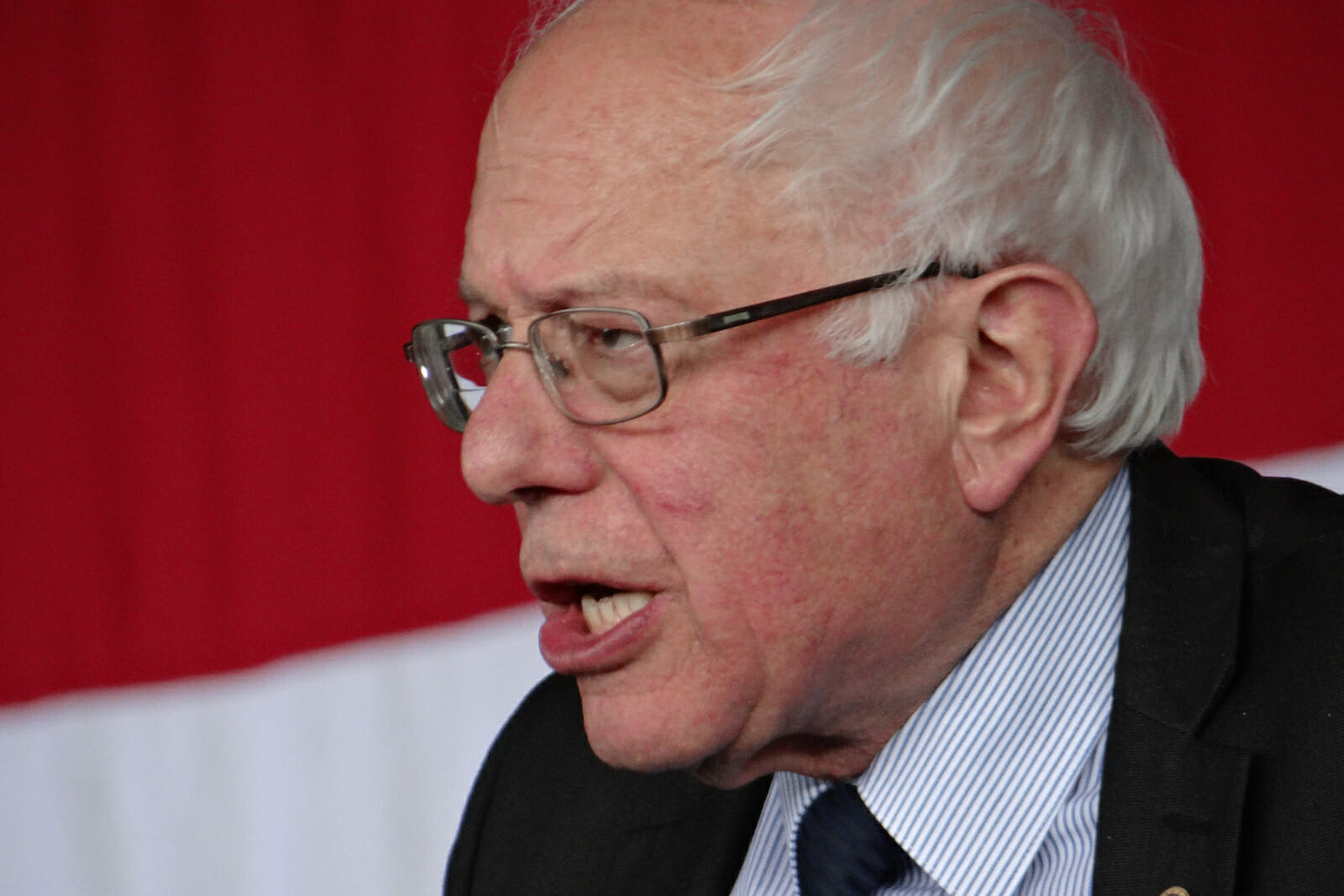
What America Needs is Single-Payer Healthcare
Americans think the British health service is rationed and that a simple doctor’s visit means waiting in a Soviet-era bread line. British people think that the poorest Americans can’t afford to go to a hospital if they are sick, while the rich have more available health care than they need. The two countries have dramatically different approaches to healthcare. Britain provides free public healthcare to every citizen through its National Health Service (NHS), which is funded through taxes. The United States has a market-based insurance system where most citizens pay for their healthcare through private insurance companies.
The United States’ insurance system of healthcare is both socially unprogressive and wasteful. The country spends more on healthcare than the next ten countries in the world combined, but it does not get the results to match the investment. It compares unfavorably to other industrialized countries in mortality from common diseases and increased life expectancy, according to the Organization for Economic Cooperation and Development (OECD).
The United States can provide a more expansive and inclusive healthcare system for the same amount as Britain and other European countries by transitioning from the fee-for-service model to a single-payer health system. In a single payer system, a public agency like the NHS organizes healthcare financing. All Americans would be covered for medically necessary services including doctor’s visits, long-term care and prescription drugs.
Countries with the lowest levels of inequality in health-care access have the healthiest populations, according to research by the OECD. A basic healthcare system would reduce healthcare inequality in the United States by removing barriers to access which would improve the overall health of the population. The current U.S. system allows the most vulnerable to fall through the cracks. The proportion of uninsured people among the American population peaked in 2010 to an estimated 50 million people. Almost half were African American.
The insurance-based system does not even protect those who buy into it: 700,000 families go bankrupt each year trying to pay their medical bills, even though three-quarters of them are insured, according to Health Affairs. Many people are under-covered or forego treatment because of high deductibles and co-payments, which force the insured customer to pay for part of their treatment.
The United States is not only failing to provide its citizens the basic human right of health care but it is “ripping off” its citizens who do pay for health care. Britain is able to provide healthcare to every British citizen for half the cost the United States spends. In 2013, spending on health in the United States was 17.1 percent of gross domestic product (GDP), the highest of any industrialized country. By contrast, Britain spent just 9.1 percent of its GDP on healthcare in 2013.
A centrally organized system would allow for cost controls like savings on bulk purchases of supplies and a streamlined management of the system. Most importantly, it would help equalize pricing between the public and private sectors. The availability of a free alternative for services provided by a private company would encourage competition in pricing— saving ordinary Americans money. In a country where unpaid medical bills are the leading cause of bankruptcy, this is an essential reform.
Politicians provide many excuses when trying to defend the drastic overspending in the healthcare system, saying that the country has an older and sicker population and that the system relies on more expensive technologies. In fact, this overspending is rooted in overcharging. Compared to their British counterparts, American consumers are paying higher prices for the same care. According to the International Federation of Health Plans Comparison of Prices report in 2012, basic healthcare services are drastically more expensive in the United States. For example, an MRI scan costs $1,121 in the United States but just $335 in Britain. One of the most common operations— a hip replacement— costs over $40,000 in America but just $12,000 in Britain.
This wild overpricing for medical services proves that corporations are making money at the expense of citizens. The health technology sector (including pharmaceuticals) was rated the most profitable industry in the United States by Forbes in 2015 and health services also appeared in the top 15. This explains the drug and insurance industry’s staunch opposition to a single-payer system that would reduce their profits. We might ask whether companies should turn a profit at the expense of basic human rights.
Some argue that a transformation to a state-funded healthcare system is impossible in a society where so many are distrustful of the government and value most their personal freedoms. But because the United States is already expanding healthcare under the Affordable Care Act of 2010, now is the time for more decisive action that would reduce costs to the individual, offer coverage to millions of uninsured Americans and improve the overall health of the population. A single-payer system would provide these solutions and would focus more on prevention and care, and less on profit.

